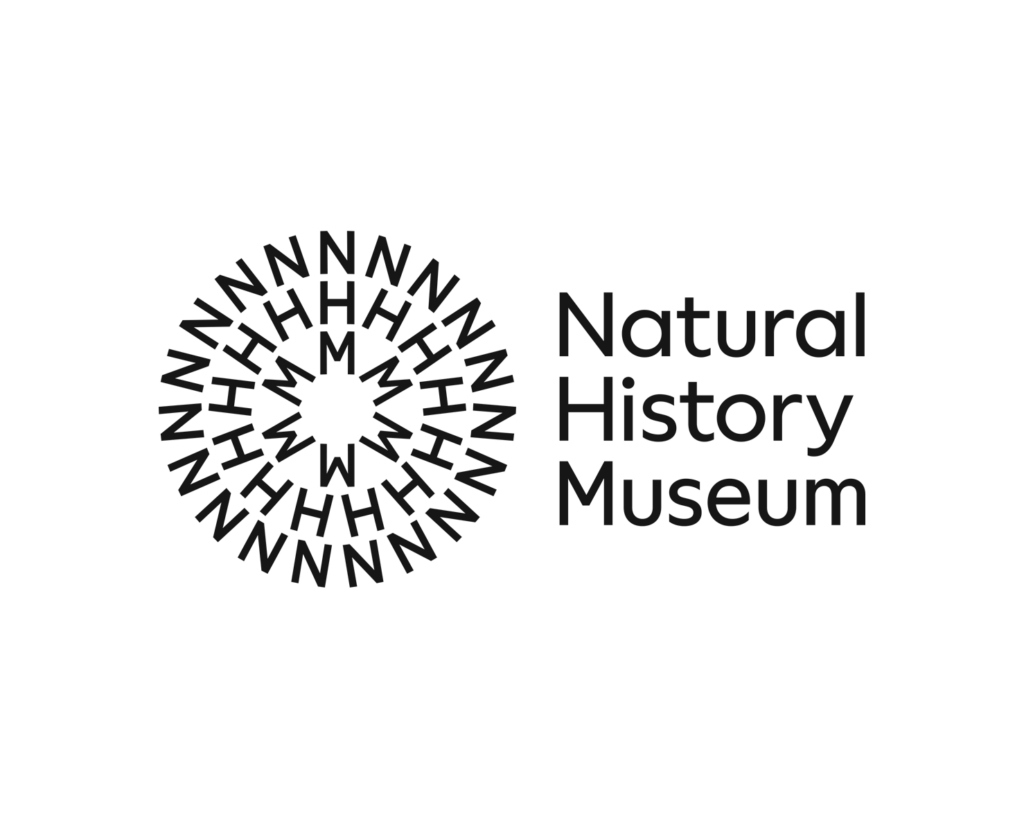An immense and diverse collection amassed by Sir Hans Sloane during his long life (1660-1753), The Sloane Collection was bought by the state upon Sloane’s death in 1753. Assembled from c.1680s onwards, it included natural history and pharmaceutical specimens, books, manuscripts, prints, drawings, coins and other objects from across the world. By the time of his death in 1753, and at the age of 93, the collection amassed by Sloane included but was but not limited to:
- 50,000 books and manuscripts
- 30,000 coins and medals
- hundreds of thousands of natural history specimens
- hundreds of paintings and albums of prints and drawings
- thousands of ethnographic objects and antiquities
Upon Sloane’s death in 1753, the collection was bought by the state on behalf of the nation and made freely available for ‘all curious and interested persons’ through a new institution, the British Museum (BM). Since the separation of the British Museum (BM), the Natural History Museum (NHM), and the British Library (BL), these objects also became separated. Moreover, while the Sloane Lab may draw its name from this man who was able to bring these objects together into one space, the Sloane collection was ‘not the achievement of a single individual, but rather the result of exchanges involving countless people across the globe’ (Delbourgo, p. 202) who were engaged in a global trade of goods and, indeed, people given the UK’s role in colonialism, imperialism and the slave trade at this time. For example, the Historical Botanical Collection (Sloane’s Herbarium) at the NHM contains an estimated 150,000 pressed plant specimens, created out of the collecting activities of over 300 named individual people, from over 70 countries and territories.
When we begin to unpick the provenance of these specimens, we begin to see how the collection was formed through a vast network of correspondents which comprised mediated chains and systems of exchange, and how it benefited from transatlantic slavery and from established trading routes and companies (such as the East India Company and the Hudson Bay Company). Indeed, Sloane was able to finance his collecting practice over time through the substantial sums he earned not only as a society and royal physician, through rent collected on land in London, and salaries from public offices, but also from profits from transatlantic slavery. This included investments in private companies such as the Royal African Company and plantations through the forced labour of enslaved people in Jamaica via the inherited wealth of his wife, Elizabeth Rose.
The collection was built through commercial transactions (such as purchases of entire collections of others such as James Petiver in 1718), as well as personal favours and gifts. Its assembly was dependent on a range of individuals, up and down the social hierarchy and across different cultures. Sloane employed a range of individuals over the course of his life to help him catalogue the different parts of his collection across more than 40 manuscript catalogues. These handwritten lists include numbered object descriptions, of which some put items in context, sometimes giving details of when, where and how they were acquired. Sloane’s collection is significant in part because of its scale and therefore, the scale of its corresponding catalogues. It is considered the best documented of all Enlightenment collections, with numerous annotations and indexical structures which organize information about the collection. For example, numerical codes are found in the margins which give an original location of the object in Sloane’s home in London (first in Bloomsbury Square and then later, at Chelsea Manor). Despite the scale of information available to us, it is important to remember that the detail found in each object description is varied. Entries can be as brief as ‘a seed’ or ‘a leaf’. The catalogues were after all, Sloane’s own working documents, constantly in process and being added to. Sloane never intended for them to be published like the catalogues of other early modern collections. There are gaps, absences and missing information, so they should not be conceived as ‘finished’ or completed documents.
In a letter to Abbé Bignon in 1730, Sloane wrote that ‘The collection and accurate arrangement of these curiosities constituted my major contribution to the advancement of science.’ Considered to be an encyclopaedic collection, his collection was Sloane’s attempt to encompass the world and its knowledge. To collect the world was to know the world, and knowledge meant power. For many, this assortment of objects from around the world was a pivotal site of knowledge production and circulation in the early Enlightenment.
Its research value
Sloane’s collections today are used to address questions across disciplines. His natural history collections, for example, can help to inform our understanding of environmental change through time. A specimen of a potato collected around 1660 for example can allow a researcher to question the genetic changes associated with the domestication of potatoes in Europe. Sloane’s extensive medical correspondence held at the British Library on the other hand, offers fascinating insight into descriptions of patients’ illnesses, medical treatments and family histories.
There are also questions about the collection itself; its assembly and cataloguing and its use in developing knowledge structures. Sloane’s collection was made as Britain became a global trading and imperial power. He began creating this collection in the 1680s, but he only actively collected ‘in the field’ in these early days, both in and around London, in France and in Jamaica (then an English colony). While in Jamaica as personal physician to Christopher Monck, the 2nd Duke of Albemarle and newly appointed governor of Jamaica, Sloane made use of local networks of knowledge, including enslavers and enslaved people. Sloane collected extensively across the island and his specimens and observations provided material for his later publications. Those involved in the trade in enslaved people were an important source of collections for Sloane from the Atlantic world. The knowledge structures, such as naming, classification and cataloguing systems for different types of objects, that Sloane and others produced at this time through their collecting practices, often systemically silenced the voices and methods of knowledge production of people and cultures that were ‘collected’. Innumerable unknown people were involved in the collecting and making of specimens and objects, and many objects have been lost or destroyed over the centuries. These gaps and absences in the collection and its formation are as important as the material that survives.
Impediments to its study
For Sloane, it was essential that this collection be kept together and as he neared his death, he went to great lengths to ensure the future of the collection. So much so, that after Sloane’s death in 1753, the collection was bought by the state on behalf of the nation and moved to a new institution, the British Museum (opening in 1759), which was created for the purpose of making his library and the vast number of objects accessible to everyone. Over the years, however, the original collection has been distributed across different institutions. The ever-growing natural history collections were moved to a new site in South Kensington, the Natural History Museum (NHM) in 1881, and the library became the British Library (BL) in 1973, eventually moving to St Pancras in 1998. Together, these institutions hold the different parts of the original Sloane collection, but they are recorded in more than five modern digital cataloguing systems each of them reflecting the needs of different disciplines and institutional histories.
Challenges posed by the fragmentation of Sloane’s collection are exacerbated by the inconsistent documentation of the collection. To date, only five volumes of original Sloane manuscript catalogues have been transcribed and made available online. These include the BM’s miscellanies catalogue, two natural history catalogues, and two library catalogues (of printed books and manuscripts). While those historical catalogues record the provenance of objects, much remains missing and contested. References can be brief and unclear. The naming systems are contemporary to the early modern period, and the language and vocabulary present accessibility challenges to the present-day user of the Sloane Lab.
What the Sloane Lab will do
The Sloane Lab will unite digital resources on Sloane’s collections in a knowledge base, also digitising further catalogues, enriching our ability to unlock this collection by exposing and further analysing the names of people in the records and also visualizing and creatively engaging with the gaps and absences.
The integration of disparate data and mobilisation of new datasets in the Sloane Lab will enable, for the first time, anextensive digital cross-referencing of the people and places that formed this collection. While the Sloane Lab may draw its name from the man who was able to bring these objects together into one space, the project is not a study about one man. Rather, the Sloane Lab looks to find ways of unlocking the extensive knowledge and information that forms this vast and varied collection. Up until now, much of the collection could only be explored in person by going to the British Library to read Sloane’s manuscripts, to the Natural History Museum to look at his plants and other natural history objects, and to the British Museum to examine his objects. The Sloane Lab will aggregate the data held by these separate institutions, so that, for the first time, anyone can ask something of the collection.
The challenges of uniting this first national collection serve as a microcosm of those faced in bringing together other UK collections to help audiences use, learn and benefit from them. The project will bring Sloane’s historical catalogues and present-day cataloguing systems together, linking to other digital collections, and learning how to better support different ways to search and accommodate users’ needs of any ‘curious or interested person’.
Recommended Reading (selection)
For further bibliography, details of other Sloane projects, new articles, blogs and searchable digital versions of some of Sloane’s catalogues, see the Reconstructing Sloane website at https://reconstructingsloane.org.
Caygill M. (1994). Sloane’s will and the establishment of the British Museum. In MacGregor
A. (ed.), Sir Hans Sloane: Collector, Scientist, Antiquary, Founding Father of the British Museum. London : Published for the Trustees of the British Museum by British Museum Press in Association with Alistair McAlpine, pp. 45–68
Delbourgo J.(2018). Collecting the World: The Life and Curiosity of Hans Sloane. London: Allen Lane
Ortolja-Baird A., Pickering V., Nyhan J., Sloan K., Fleming M. (2019). Digital humanities in the Memory Institution: the challenges of encoding Sir Hans Sloane’s early modern catalogues of his collections. Open Library of Humanities, 5(1): 44
Sloan K., Nyhan J. (2020). Enlightenment Architectures and the reconstruction of Sir Hans Sloane’s Cabinets of Miscellanies. Journal of the History of Collections
Smith T. A., Hann K. (2012). Sloane, Slavery and Science. In Walker A., MacGregor A., Hunter
M. (eds), From Books to Bezoars: Sir Hans Sloane and His Collections. London: British Library, pp. 227–35
Walker A., MacGregor A., Hunter M. (2012). From Books to Bezoars: Sir Hans Sloane and His Collections. London: British Library





